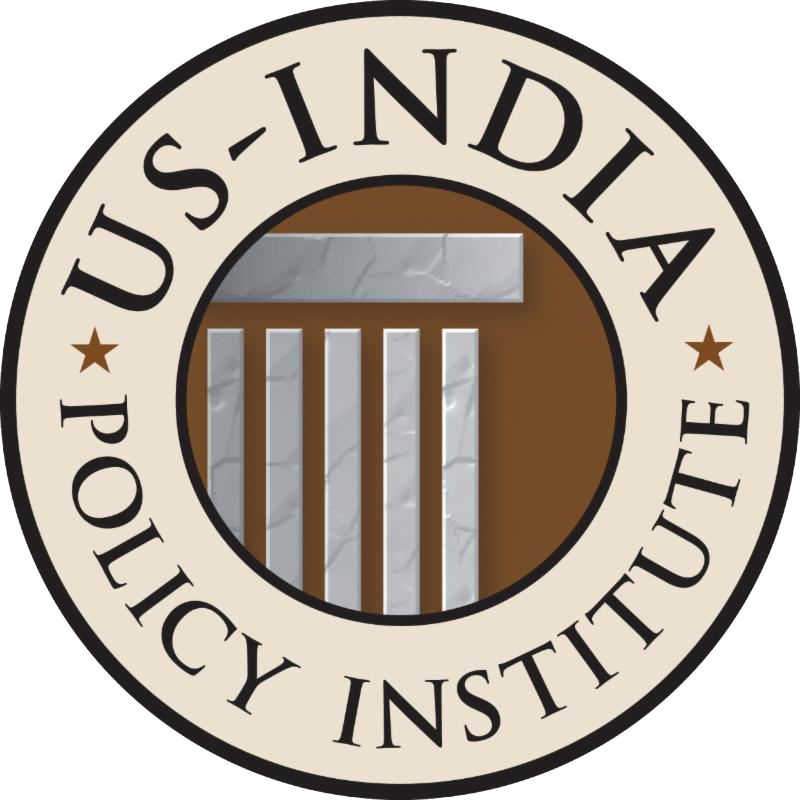Understanding Access to Higher Education in India
As India’s economy rapidly develops, one of the main questions we’re exploring at USIPI is whether India’s development is equal across society. And, if not, where are the gaps and what can the government, NGOs, and others involved in equalizing access and opportunities for marginalized communities do to bridge the gaps.
To further structure our exploration around these questions, we launched the Statistical Data on Diversity and Development (SD3I) initiative specifically designed to collate, document, and publish on diversity in development in India and then partner with India-based organizations to promote inclusive policies across society.
In our most recent data analysis on higher-level education (HLE) attainment*, Dr. Abusaleh Shariff, USIPI’s Chief Scholar, and Amit Sharma, a 2022 USIPI Non-Resident Research Fellow, analyzed the most recent and largest data set available to the public – the NSS survey on Social Consumption: Education (71st round) – which captures information from 650,000 HH across India. Shahidur Rashid Talukdar, another 2022 USIPI Non-Resident Research Fellow, further interpreted the initial data and is working on a report reflecting a deeper analysis of HLE attainment. While the comprehensive report will be launched soon, some of the initial findings are already shedding light on disparities that exist across gender, regional, and socio-religious lines, though some findings are promising.
How is India Doing at the National Level?
The national HLE attainment level is 7.3% and while the United States is not exactly the best comparison given contextual differences, the HLE attainment level is 32%.** This means that 7.3% of India’s population holds at least a diploma or college degree, whereas 32% of the population in the US holds at least a college degree.
In comparison to the last analysis our team conducted on the previous NSSO round of data (2007), India has seen a sizeable increase from 4.7% to 7.3% and all communities have been able to increase their higher-level attainment. The greater question remains whether the increase has happened at the same rate across communities.
Attainment by Location (Rural/Urban) – Positive and Concerning Trends
In the rural areas, the HLE attainment level is 3.7% and in urban areas, it’s 15.7%, which is most likely due to better infrastructure in urban areas. However, almost 70% of India’s population lives in rural areas highlighting a critical disparity since those living in urban areas have nearly 5 times better access to HLE.
If we look at the regional data more closely, we see a similar positive trend between generations. The current generation (22-35 years old) are attaining HLE more than the previous generation (36 years old and above) did – nearly 1.5 times (urban) to 3 times (rural) more regardless of whether they live in urban or rural areas.
Attainment by Gender – Positive Trends
Nationwide, 8.9% of men have acquired HLE as compared to 5.7% of women. In the current generation, men and women have acquired higher levels of HLE (men 19.1% and women 13.8%) than the past generation (men 8.9% and women 5.7%). Compared to the past generation, HLE attainment has increased by 7.3% among men and 8.7% among women. This implies that the current generation of women has made more progress in HLE attainment than the current generation of men.
Attainment by Socio-Religious Communities – Concerning Trends
The data becomes more interesting when we start to explore the data trends through the lens of socio-religious communities.
All communities have experienced some increase in HLE attainment since our last analysis (2.62%). Hindu-Others have experienced the highest level of increase (12% to 16.1%), while Muslims have experienced the lowest increase (2.1% to 3.5%).
In the present data analysis, we see that the HLE attainment for Muslims is only marginally above that of Hindu SC-STs (3.3%), but even then, Hindu SC-STs have attained HLE at a higher rate since our last analysis (1.8% to 3.3%).
Both categories make up 40% of India’s population but have the lowest percentages of HLE attainment. This begs the question: if these communities are attaining HLE slower than others, then is India’s development inclusive? And where does the responsibility for HLE attainment for minority communities lie?
Dr. Zainab Farhat conducted her Ph.D. fieldwork on a similar topic in Ajmer found that “Muslims have an aspiration to study, to remove the underdevelopment. It’s the circumstances and unavailability of education institutions and infrastructure [prevents them to do so].”
The Need for SD3I
Overall, the data shows that India is progressing, but when we look at it more closely, the same data set also shows that the progress isn’t equal across society.
USIPI is planning on launching a report in the upcoming months to share more comprehensive findings on HLE Attainment. This report has the potential to become a tool that policymakers use to correct policies and for community-based organizations to develop interventions specifically for communities being left behind.
*HLE completion of diploma or college, approximately 3 years
**In 2014
